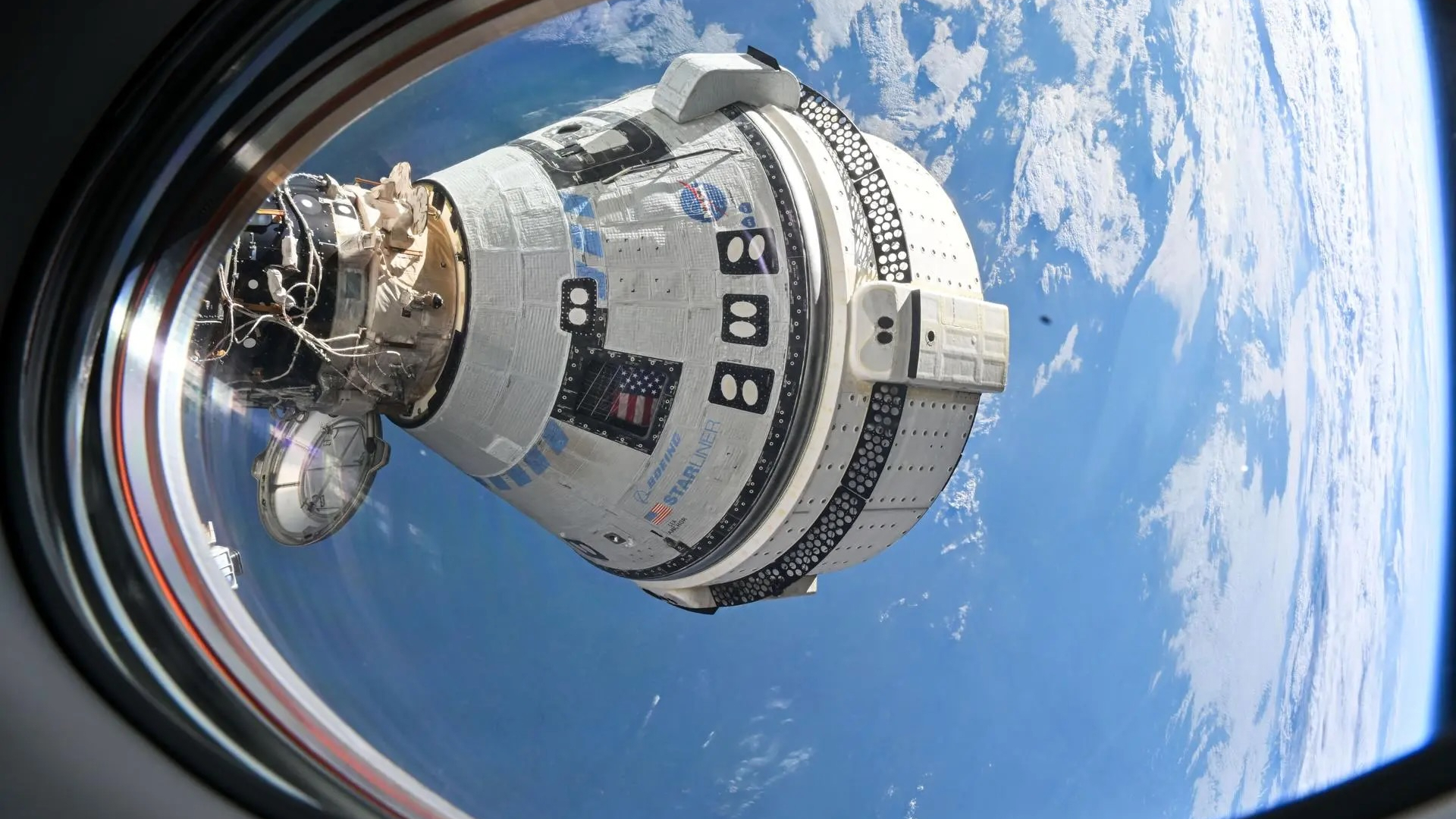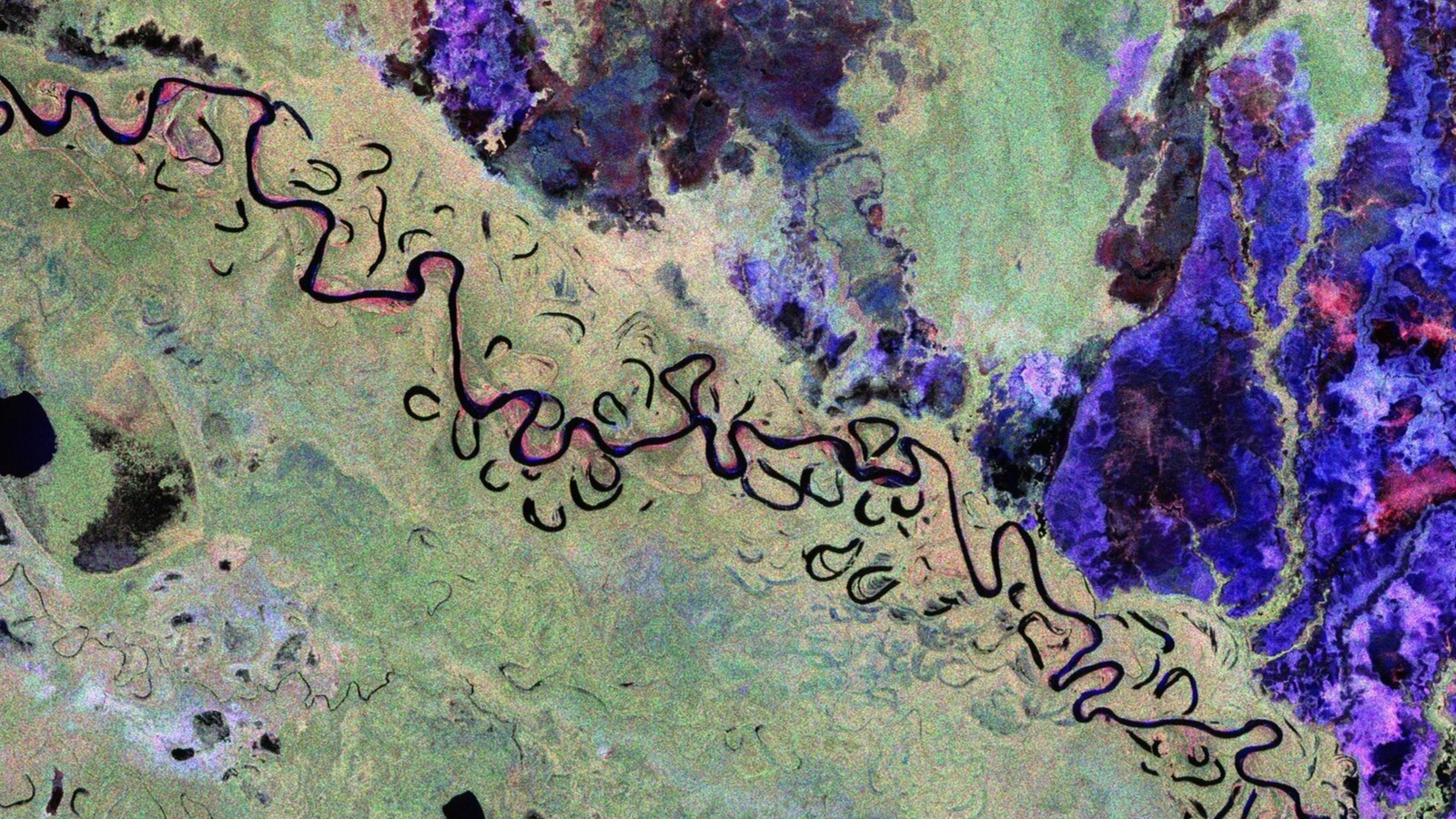
Boeing's Starliner capsule will remain ground-bound for a while longer yet.
Last June, Starliner launched on its first-ever crewed flight, which sent NASA astronauts Butch Wilmore and Suni Williams to the International Space Station (ISS) for a roughly weeklong stay.
That timeline soon changed, however, because Starliner suffered a few issues on its way to the orbiting lab — namely, helium leaks in its propulsion system and the failure of five of its 28 reaction control system (RCS) thrusters, which Starliner uses for fine adjustments such as the ones required during docking.
NASA extended Starliner's ISS stay multiple times to study the problems before deciding to bring the spacecraft back to Earth uncrewed, which happened in early September. Wilmore and Williams, meanwhile, were retasked to become long-term ISS crewmembers, staying aloft until March 18, when they returned to Earth with SpaceX's Crew-9 astronauts.
Related: Dolphins welcome SpaceX's Crew-9 astronauts home after splashdown (video)
NASA and Boeing have made considerable progress in their analyses of data from Starliner's first crewed flight. For example, the mission team managed to bring four of the five failed RCS thrusters back online while Starliner was in orbit. And they later tied the issue to overheating in the capsule's engine pods, which likely restricted propellant flow.
However, technicians are still working on fixes for the thruster and helium-leak issues and will likely continue to do so for several more months, NASA officials said in an update on Thursday (March 27).
Breaking space news, the latest updates on rocket launches, skywatching events and more!
That work will include test-firings of Starliner RCS thrusters at NASA's White Sands Test Facility in New Mexico "to validate detailed thermal models and inform potential propulsion and spacecraft thermal protection system upgrades, as well as operational solutions for future flights," NASA officials wrote in an update on Thursday afternoon (March 27).
Teams will also continue to test new seal options for the helium system, in an effort to minimize the risks of leaks going forward.
“Once we get through these planned test campaigns, we will have a better idea of when we can go fly the next Boeing flight,” Steve Stich, manager of NASA’s Commercial Crew Program at Kennedy Space Center in Florida, said in the Thursday statement.
"We’ll continue to work through certification toward the end of this year and then go figure out where Starliner fits best in the schedule for the International Space Station and its crew and cargo missions," he added. "It is likely to be in the timeframe of late this calendar year or early next year for the next Starliner flight."
"Certification" refers to giving Starliner the green light to fly astronauts on long-duration, contracted missions to and from the ISS for NASA. But the agency still doesn't know if the next flight for the Boeing capsule will be crewed or not.
"Mission managers are planning for the next Starliner flight to be a crew capable post-certification mission, and NASA also has the capability of flying only cargo depending on the needs of the agency," NASA officials wrote in Thursday's statement.
NASA also holds a commercial crew contract with SpaceX. Elon Musk's company launched its 10th operational astronaut mission to the orbiting lab under this deal on March 14.
Join our Space Forums to keep talking space on the latest missions, night sky and more! And if you have a news tip, correction or comment, let us know at: community@space.com.

Michael Wall is a Senior Space Writer with Space.com and joined the team in 2010. He primarily covers exoplanets, spaceflight and military space, but has been known to dabble in the space art beat. His book about the search for alien life, "Out There," was published on Nov. 13, 2018. Before becoming a science writer, Michael worked as a herpetologist and wildlife biologist. He has a Ph.D. in evolutionary biology from the University of Sydney, Australia, a bachelor's degree from the University of Arizona, and a graduate certificate in science writing from the University of California, Santa Cruz. To find out what his latest project is, you can follow Michael on Twitter.
You must confirm your public display name before commenting
Please logout and then login again, you will then be prompted to enter your display name.
